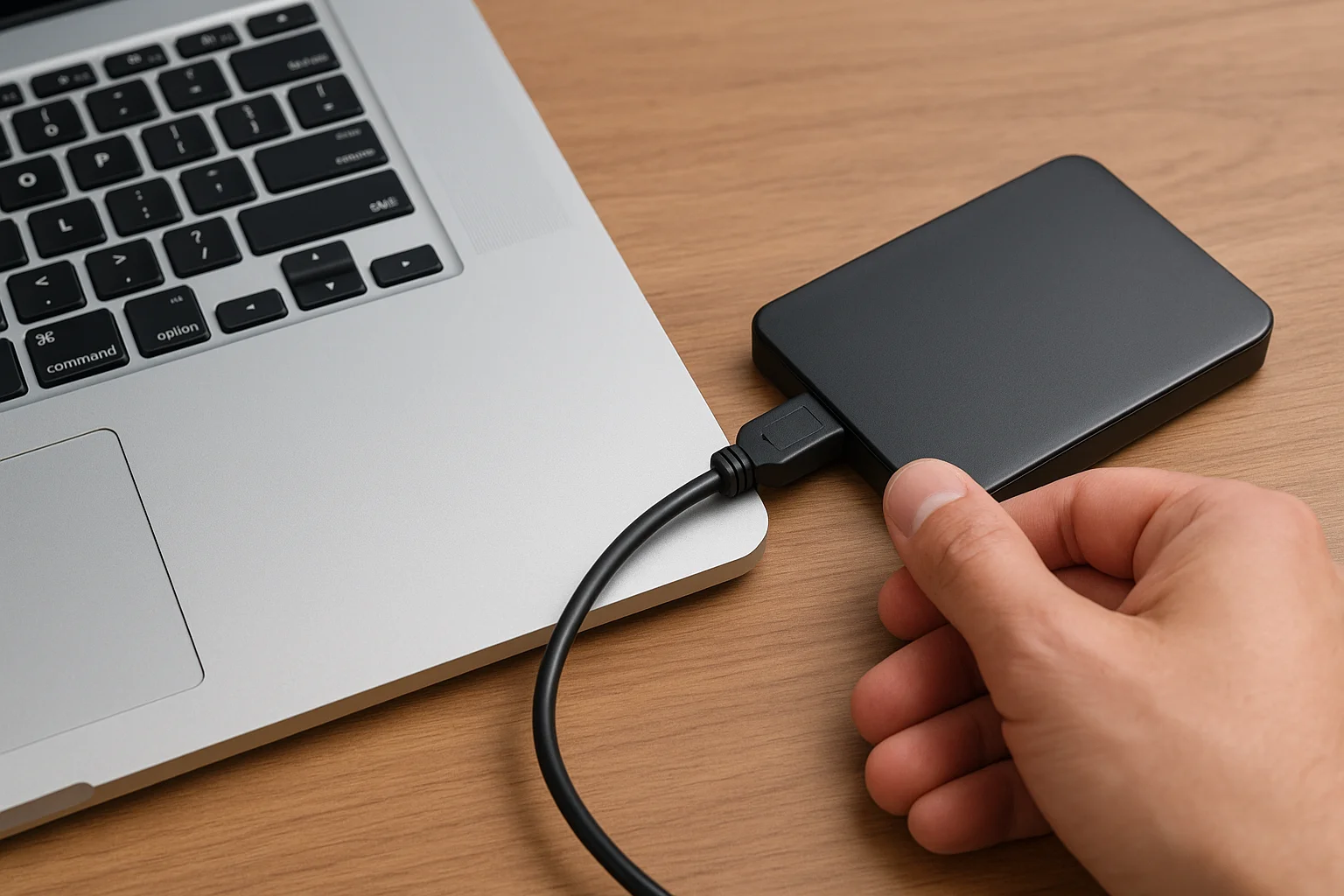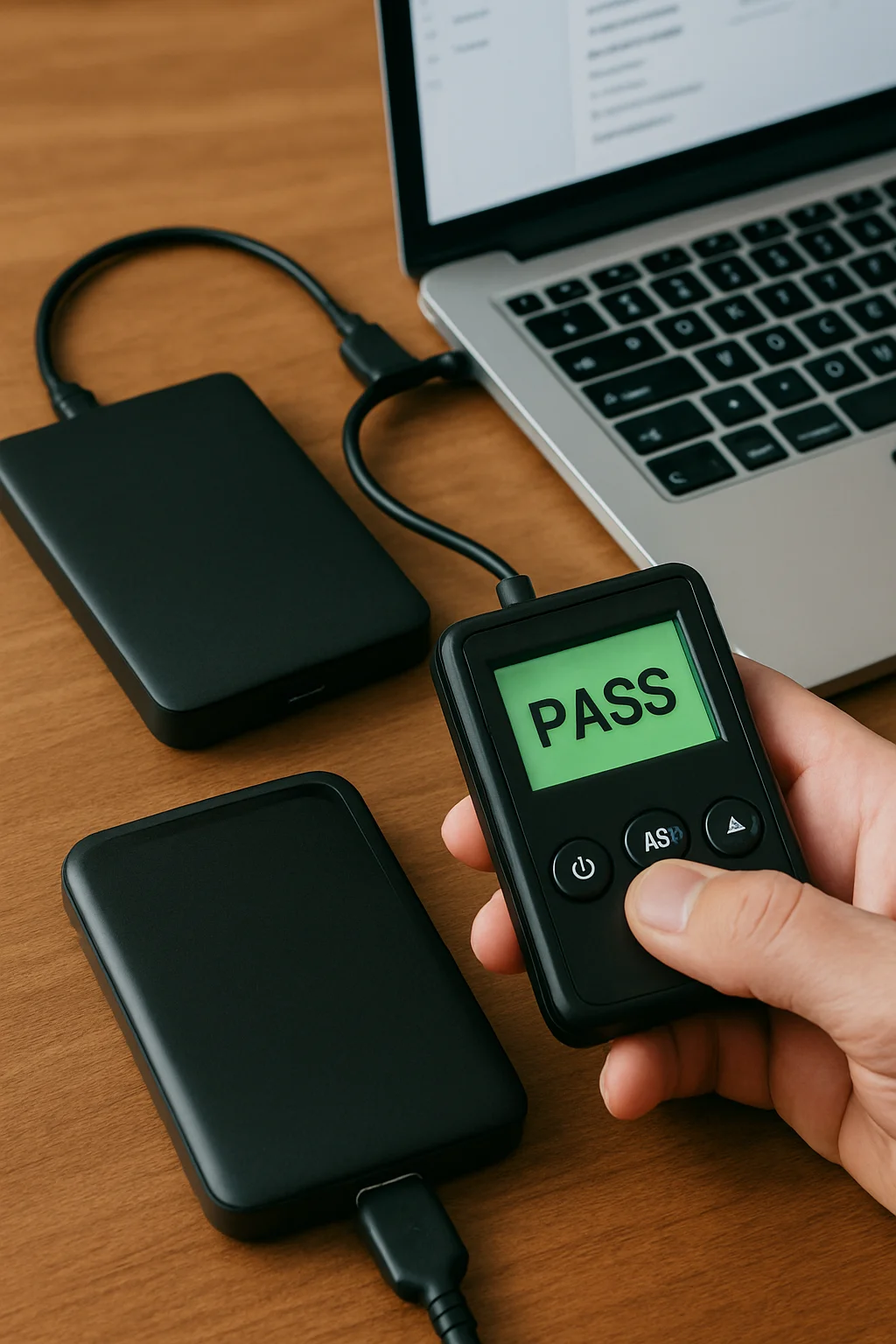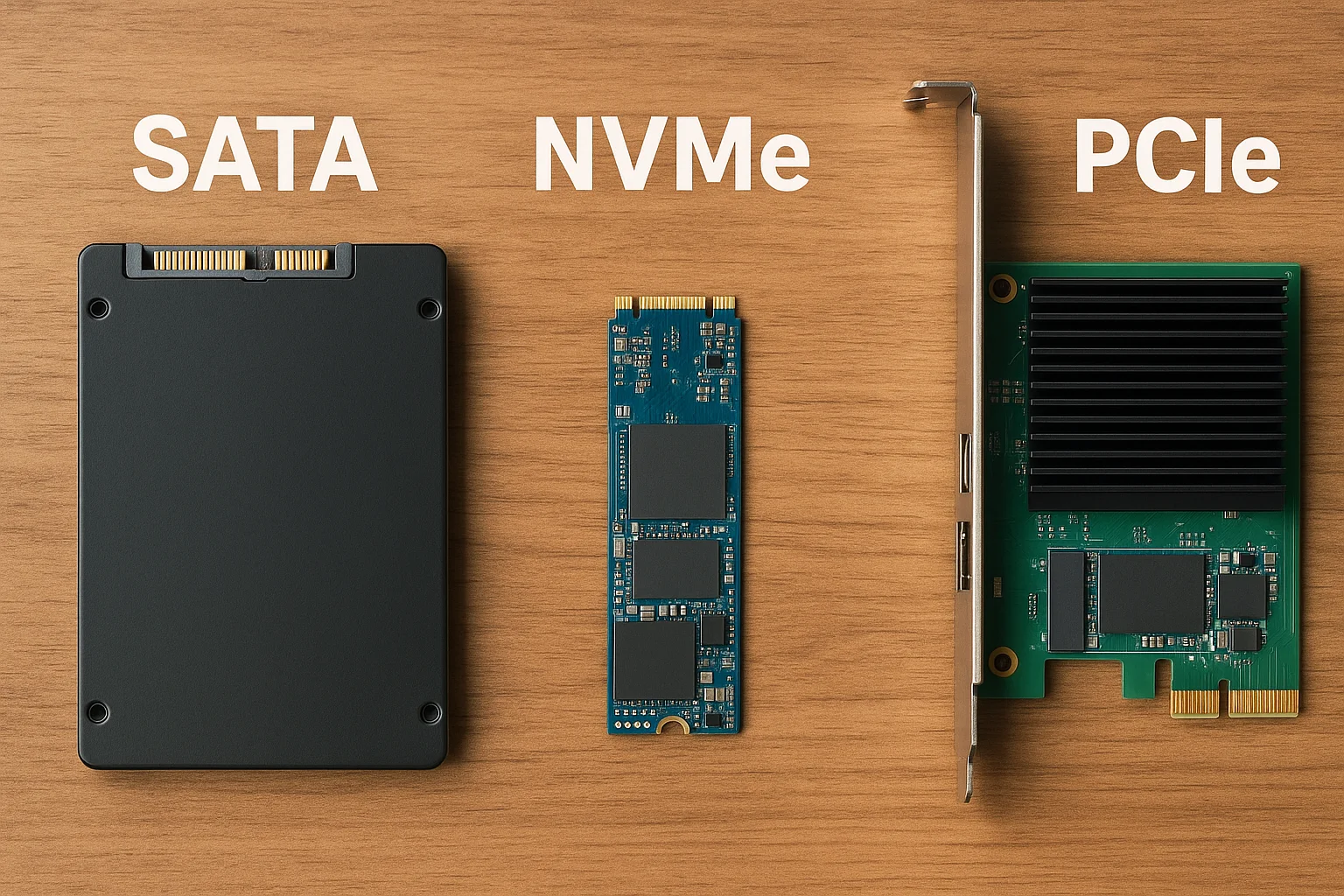Choose the Right External Drive
When it comes to speeding up file transfers, selecting the appropriate external drive is crucial. The two main types are HDDs (Hard Disk Drives) and SSDs (Solid State Drives). HDDs use spinning disks and mechanical arms, which makes them generally slower, especially for transferring many small files. On the other hand, SSDs rely on flash memory and have no moving parts, resulting in much faster read and write speeds.
Another factor to consider is the interface your drive uses. Common interfaces include USB 3.0, USB 3.1, USB-C, and Thunderbolt. Drives with faster interfaces can achieve significantly higher transfer speeds. Even among drives of the same type, the interface can be a limiting factor if it does not match your computer's capabilities.
Pay attention to the drive's cache size and RPM if you are using an HDD. A larger cache can temporarily store data, allowing the drive to handle bursts of transfers more efficiently. Similarly, a higher RPM (Revolutions Per Minute) means the disk spins faster, improving sequential read and write speeds.
The capacity of the drive can also influence performance. Very large drives with near-full capacity may see slower write speeds due to reduced free space for caching and data organization. Keeping at least 10-20% free space can help maintain optimal performance.
Lastly, consider the drive's durability and build quality. Portable drives with shock-resistant or rugged designs are less likely to suffer performance issues due to physical damage. For regular heavy transfers, investing in a well-built SSD can provide both speed and reliability.
Optimize Your Connection
Even the fastest external drive can be limited by a slow connection. The first step is to identify the type of port your computer and drive support. Common connections include USB 2.0, USB 3.0, USB 3.1, USB-C, and Thunderbolt. Each version has different maximum transfer speeds, with Thunderbolt typically offering the highest performance for large file transfers.
Using an incompatible or older port can severely limit transfer speeds. For example, plugging a USB 3.0 drive into a USB 2.0 port will reduce its speed to the lower standard. To avoid this, always use the fastest port available on your device.
Another important factor is the quality of the cables and adapters. Cheap or worn-out cables can introduce errors and slow down transfers. For high-speed drives, use cables that are certified for the connection standard and keep them as short as possible to reduce signal loss.
Additionally, avoid using USB hubs or multi-port adapters for large transfers, as they can create a bottleneck. Direct connections between your external drive and your computer generally provide the most stable and fastest data flow.
For laptops and desktops, ensure that the ports are not overloaded. Transferring files while other devices are drawing power from the same bus can reduce speed. Disconnect unnecessary peripherals or transfer data when the system is not under heavy load.
Finally, consider the type of connection on your external drive. Drives with dual interfaces or modern standards, such as USB-C with USB 3.2 or Thunderbolt 3/4, can provide a noticeable speed advantage, especially for very large files or high-volume transfers.
Format and File System Considerations
The choice of file system can significantly impact transfer speeds and overall drive performance. Each file system has different characteristics for handling files, storage allocation, and metadata operations. Common options include NTFS, exFAT, and FAT32.
NTFS is optimized for Windows systems and supports large files and advanced permissions. It handles metadata efficiently and performs well with a mix of large and small files. However, write speeds can sometimes be affected by heavy file fragmentation if the drive is nearly full.
exFAT is widely compatible with Windows and macOS without the 4GB file size limit of FAT32. It is well-suited for external drives used to transfer large media files, offering faster write speeds than FAT32 and simpler structure than NTFS, which can reduce overhead during transfers.
FAT32 is compatible with almost all devices, including older hardware and gaming consoles, but it has significant limitations. Its maximum file size is 4GB, and it can be slower when dealing with a large number of small files. For modern large-capacity drives, FAT32 is generally not recommended if performance is a priority.
Another factor to consider is allocation unit size, also known as cluster size. Choosing a larger allocation unit can improve performance for transferring large files, while smaller units are more efficient for handling many small files. Selecting the appropriate size based on the type of data you transfer most often can optimize speed.
Additionally, properly formatting the drive before heavy use can help prevent fragmentation and maintain consistent performance. Over time, repeated writes and deletions can slow down a drive, so starting with a clean format tailored to your operating system and use case can make a noticeable difference.
Optimize Your Files and Folders
The way files are organized and handled can have a major impact on transfer speed. Transferring a few large files is typically much faster than transferring thousands of small files, due to the overhead involved in managing each file individually. Grouping related files into larger archives can significantly reduce transfer times.
Using compression tools such as ZIP or RAR can further improve efficiency for large numbers of small files. Compression reduces the total data size and the number of read/write operations required, especially when dealing with text documents, spreadsheets, or other compressible content. However, compression can add processing time, so it’s most effective when transferring files over slower connections or very large datasets.
Folder structure also plays a role. Extremely deep or complex folder hierarchies increase the number of metadata operations the system must perform, which can slow down transfers. Flattening folder structures or consolidating files into fewer, higher-level folders can help improve speed.
Regularly cleaning up unnecessary files, duplicates, and temporary data on the external drive can prevent performance degradation. Maintaining a tidy drive reduces the workload for the file system and allows transfers to proceed more smoothly.
Finally, consider splitting very large transfers into smaller batches. This approach can avoid system timeouts, reduce the chance of errors, and provide more accurate progress tracking. Batch transfers are especially helpful when moving millions of small files or working with older computers and drives.






